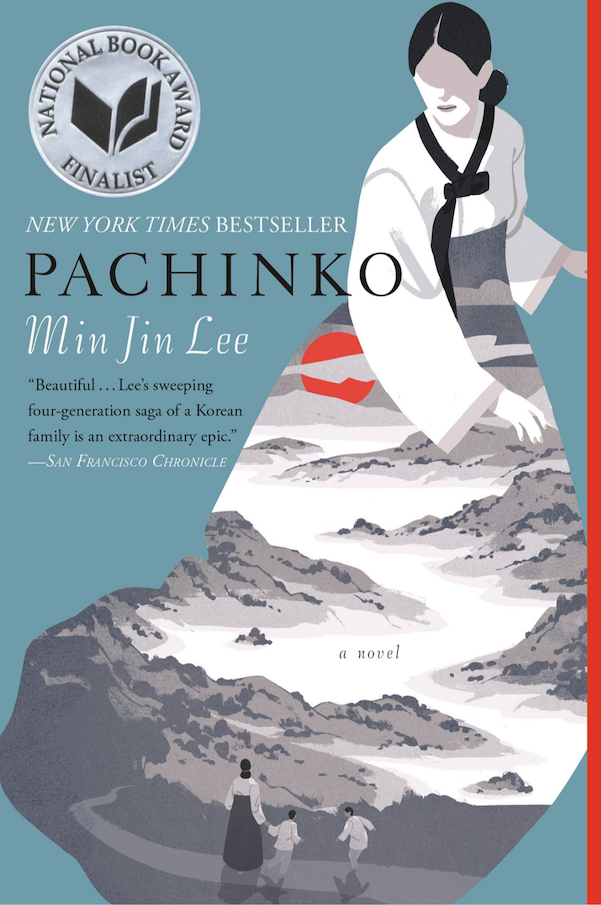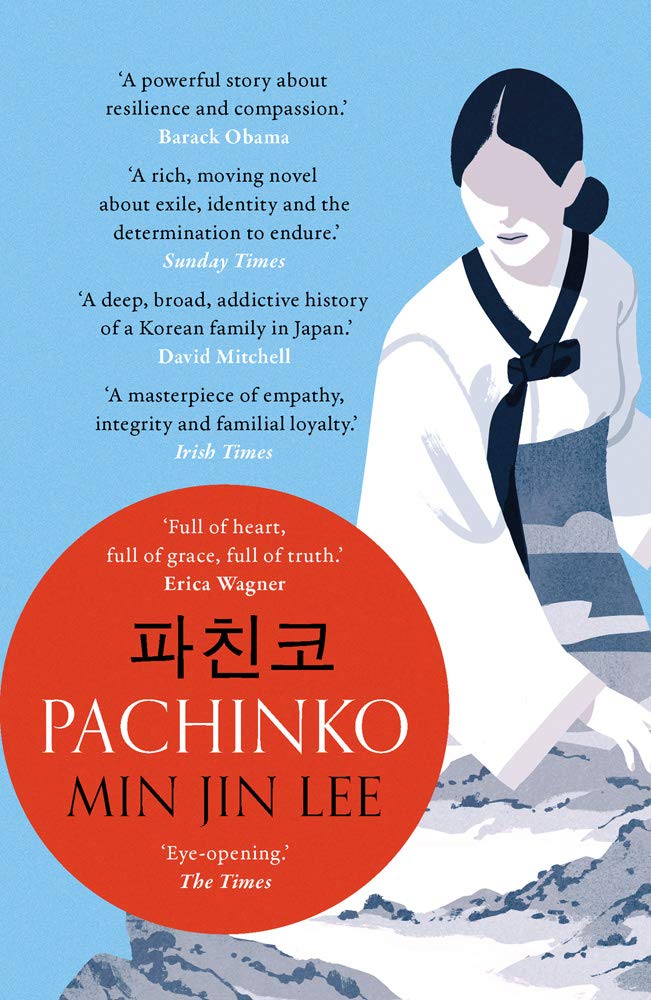
When Sunja is about 17, she becomes pregnant-months earlier, she’d fallen in love with Hansu, a wealthy fish broker who’d begun speaking to her in the market. However, Hoonie dies of tuberculosis when his beloved daughter, Sunja, is only 13. Their son, Hoonie, who has a cleft palate and twisted foot, even makes a successful and happy marriage to a woman named Yangjin. When Korea is annexed by Japan in 1910, much of the country becomes impoverished, but the couple still manages to establish a successful boardinghouse. GradeSaver, Web.At the turn of the twentieth century, in the small Korean village of Yeongdo, an aging couple begins taking in lodgers for extra money.

Next Section Symbols, Allegory and Motifs Previous Section Quotes How To Cite in MLA Format Disha, Nazia Shamim, et al. Will review the submission and either publish your submission or provide feedback. You can help us out by revising, improving and updatingĪfter you claim a section you’ll have 24 hours to send in a draft. Literature makes it harder to dehumanize people in this way.” Update this section! As Lee points out, “it makes it very easy to bomb North Korea if we pretend they’re all one person. Min Jin Lee has stated that one of her main aims as a writer is to create “radical empathy through art.” By conveying the humanity of each and every one of her Korean characters, Lee hopes to redress mankind’s tendency to “dehumanize entire populations.” This seems a particularly important goal at a time when Western perceptions of Koreans may be based solely on negative news coverage of the North Korean leader, Kim Jong-un. Democratically conveying the perspectives of all characters-even the minor ones-she gives a multitude of voices to people who have largely been forgotten by history. By employing a God-like narrator who has an overview of all the characters’ actions and thoughts, Lee is able to tell the story of a whole community. Lee takes on a further common feature of nineteenth-century fiction by choosing to use an omniscient narrator in her novel. Lee’s interest in the struggles of ordinary men and women in a largely unjust society is also a recurring theme in Dickens’s fiction. Although she uses language in a typically modern, pared back way, the sprawling scope of Pachinko is reminiscent of the novels of Charles Dickens. This love of the classics is reflected in her writing style. Like Noa in Pachinko, Lee is an admirer of the nineteenth-century English novel. The story introduces a huge cast of characters and encompasses history, race, politics and gender. Min Jin Lee’s multigenerational novel covers seven decades (from 1910–1989). Written by Nazia Shamim Disha and other people who wish to remain anonymous We are thankful for their contributions and encourage you to make your own.


These notes were contributed by members of the GradeSaver community.


 0 kommentar(er)
0 kommentar(er)
